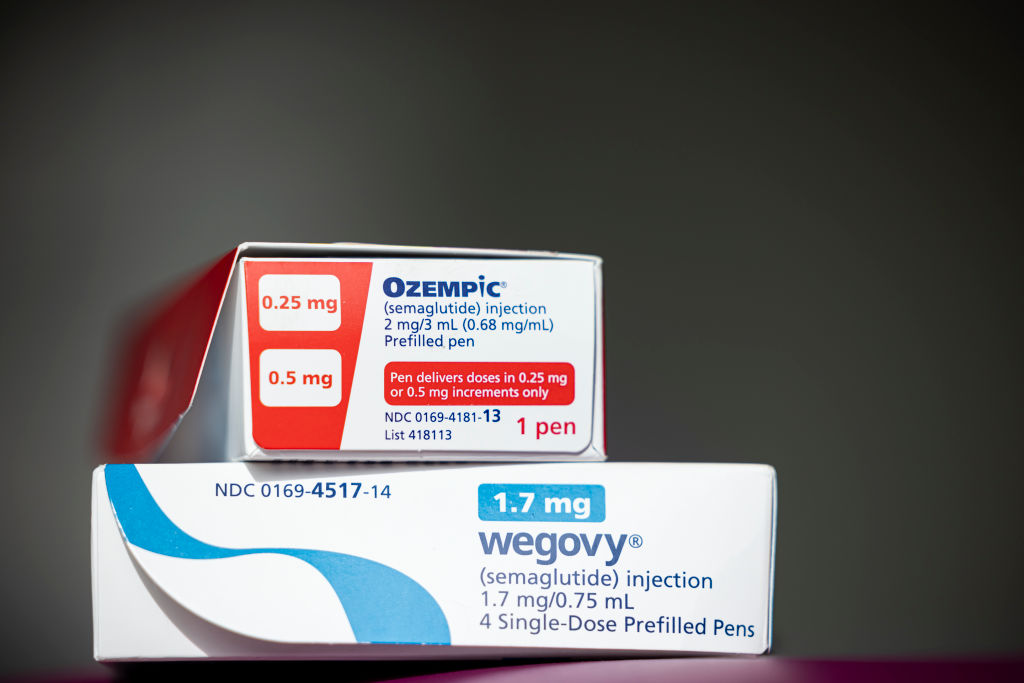US taxpayers spent an estimated $6 billion researching, developing, and implementing new blockbuster weight-loss drugs, according to new data shared with the Lever. Yet Americans are now paying pharmaceutical giants — including one in Denmark — up to eleven times more for these medicines than patients in other countries, markups that are inflating consumers’ insurance premiums and risk bankrupting the country’s health care system.
It’s unclear whether President Donald Trump will crack down on weight-loss drug price gouging. While regulators under Joe Biden selected two top-selling weight-loss medications for Medicare price negotiations this year, potentially lowering their price for millions of Americans, Trump has sent mixed messages about the future of price-negotiation programs and nominated people who’ve sold or promoted weight-loss drugs to oversee related matters.
According to data shared with the Lever by researchers at Bentley University, the federal government spent $6.2 billion from 1980 to 2024 on the discovery and development of glucagon-like peptide-1 (GLP-1) molecules, as well as research on how to use GLP-1 drugs to treat diabetes, obesity, and other diseases. GLP-1, a hormone that regulates blood sugar, was the foundation of the diabetes drug Ozempic, whose 2017 approval by the Food and Drug Administration (FDA) launched a wave of other GLP-1-based diabetes and weight-loss medications coming to market.
“You have to know a lot to develop a drug and to apply it in people,” said Fred Ledley, professor of natural and applied sciences at Bentley University, who provided the spending data and researches public and private sector investments in drug development. “What we call a ‘mature body of…
Auteur: Helen Santoro

